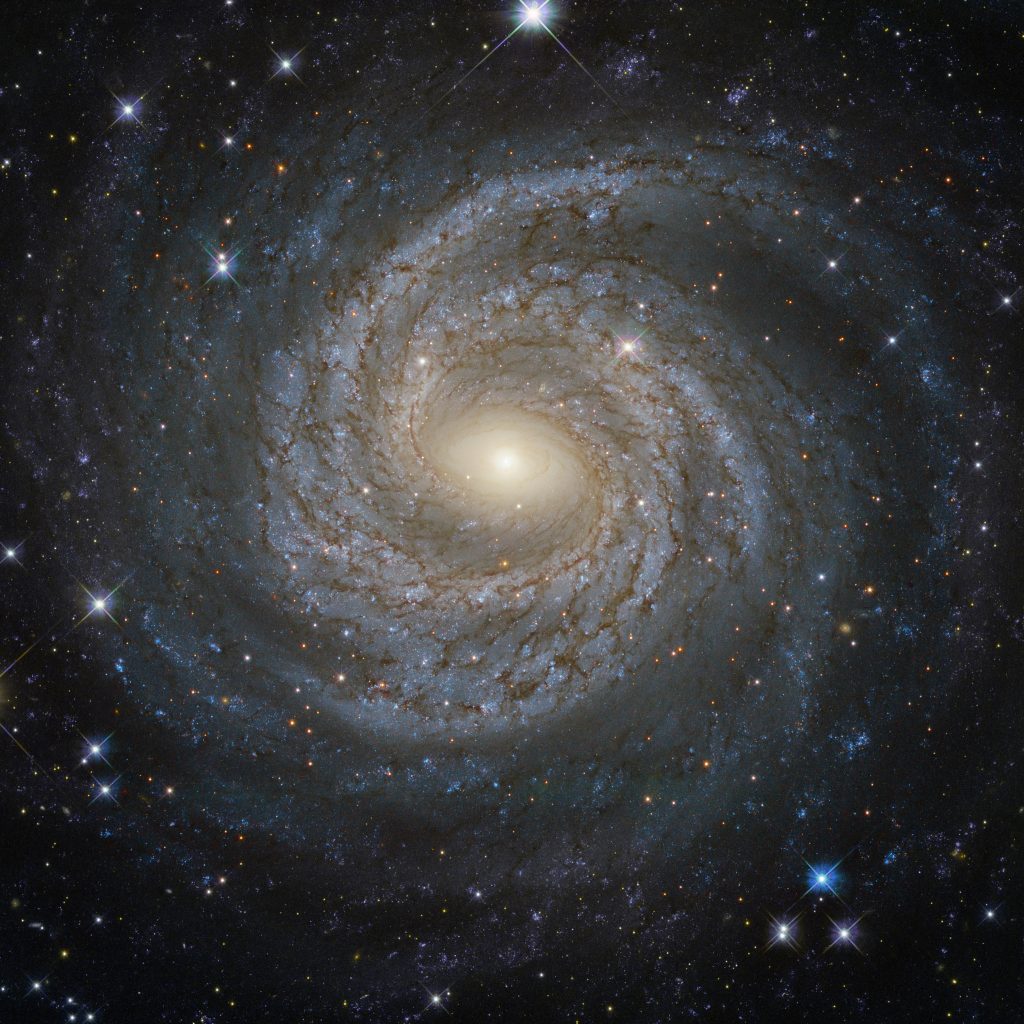(Published in The Times of India, Editorial Page, December 9, 2006
Looking at stars on a clear night somewhere away from the city, one is amazed at how many are visible. The hazy band of the Milky Way stretches across the night sky and contains millions of stars, thousands of light years away, but still part of our own Galaxy. Late astronomer Carl Sagan put the number of stars in the Milky Way Galaxy at 400,000,000,000 (400 billion). There are a little more than six billion people on our planet — so a rough estimate puts it at about 60 stars in the Milky Way per human being on Earth. Imagine that, each one of us could have 60 solar systems in the Milky Way Galaxy.
Since 1995, we have discovered around 200 extrasolar planets or planets revolving around other stars. Some of these stars like 47 Ursae Majoris, only 46 light years away (a stone’s throw in terms of stellar distances), even have a system of planets like our sun has. So far we have only been able to discover larger Jupiter-like worlds because the current method of finding planets makes it difficult to find smaller Earth-like worlds.
However, NASA is planning to launch the terrestrial planet finder project in 2014. This project will be able to detect smaller Earth-like extrasolar planets. Chances are good that we are soon going to find other planets with liquid water and an Earth-like atmosphere. These other worlds will become targets for human colonisation. Going back to our 60 stars per human formula, even if we take a very modest figure of two planets per star system, this means there are 120 planets per human being and over 800 billion planets in our Galaxy alone. That is a lot of potential real estate.
As mysteries of the Universe unfold, it is important that we realise our place in the larger scheme of things. Just as we talk about being a part of the world, we need to remember that the world is only a part of a much larger Galaxy, which in itself is part of a much larger Universe (there are more than 100 billion known galaxies and an estimate made in 2003 by Australian astronomers puts the total number of stars in the known universe at 70 sextillion or 70,000,000,000,000,000,000,000).
There are now theories that even the Universe is only one out of many universes that make the multiverse — the supreme collection of universes. These other universes would exist in some other frequency or dimension and inter-dimensional travel could someday take us there. Where does it end?
Are we the only planet with life or is the multiverse teaming with life? While we have not yet found life anywhere other than planet Earth, we still have 70 sextillion stars multiplied by the number of universes to explore before we can conclusively prove that Earth is the only inhabited planet. However, even if we find a tiny microbe on Mars, we have proved the other alternative — that we are, in fact, not alone.
Either way, exploration and colonisation of space is necessary. If ours is indeed (however unlikely) the only inhabited planet in the multiverse, then we have a great responsibility. We have been given the gift of life and we need to preserve that. This would mean that we need to carry the torch of life to the stars and colonise other planets.
The Earth could be destroyed in so many ways and it would be our duty to spread the fire of life throughout the multiverse. If the other alternative is correct and there is an abundance of life, wouldn’t we want to find it and interact with it? How long can we earthlings be alone? There would then be an endless opportunity to exchange our culture, commerce, science, techno-logy, beliefs and art.
What a wonderful thing it would be to find intelligent and friendly life elsewhere. Clearly, we are just in our infancy. We humans have only reached our own moon so far. Humans have not visited even Mars yet, though our probes have criss-crossed the surfaces of Venus, Mars and Titan. But our focus is too earth-centric. We need to stop abusing our planet and think of its preservation, just as we need to seriously start planning the further exploration and colonisation of space as physicist Stephen Hawking has advised.

